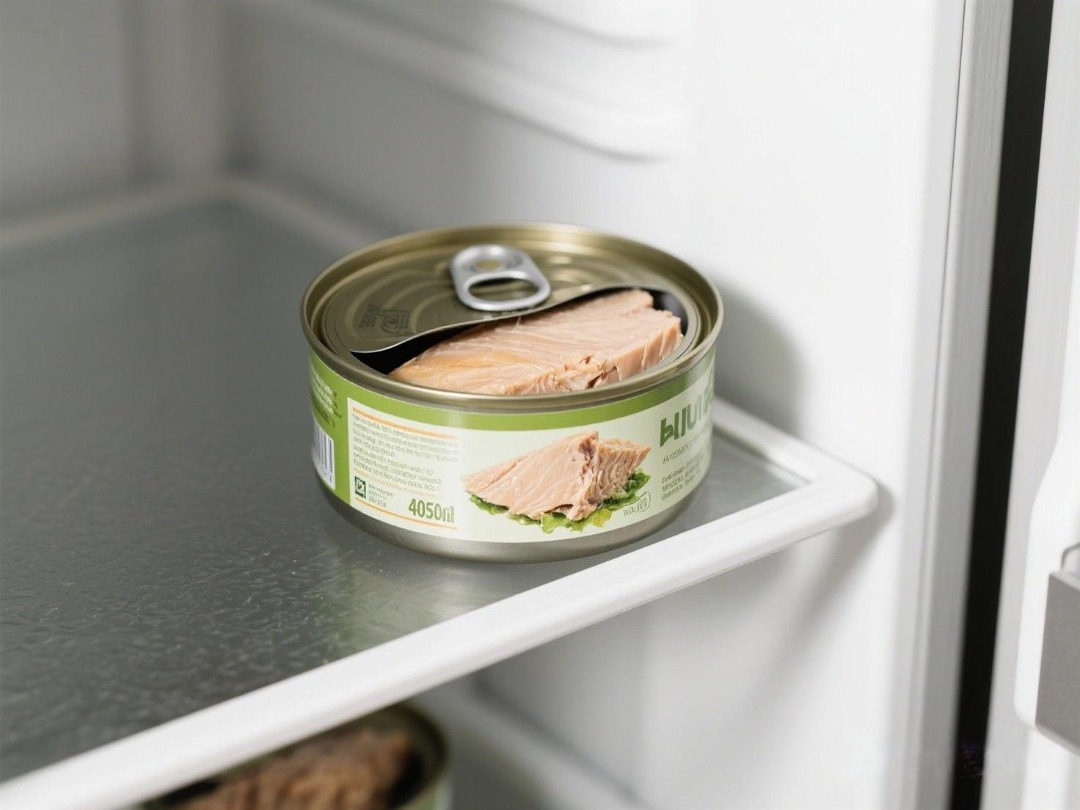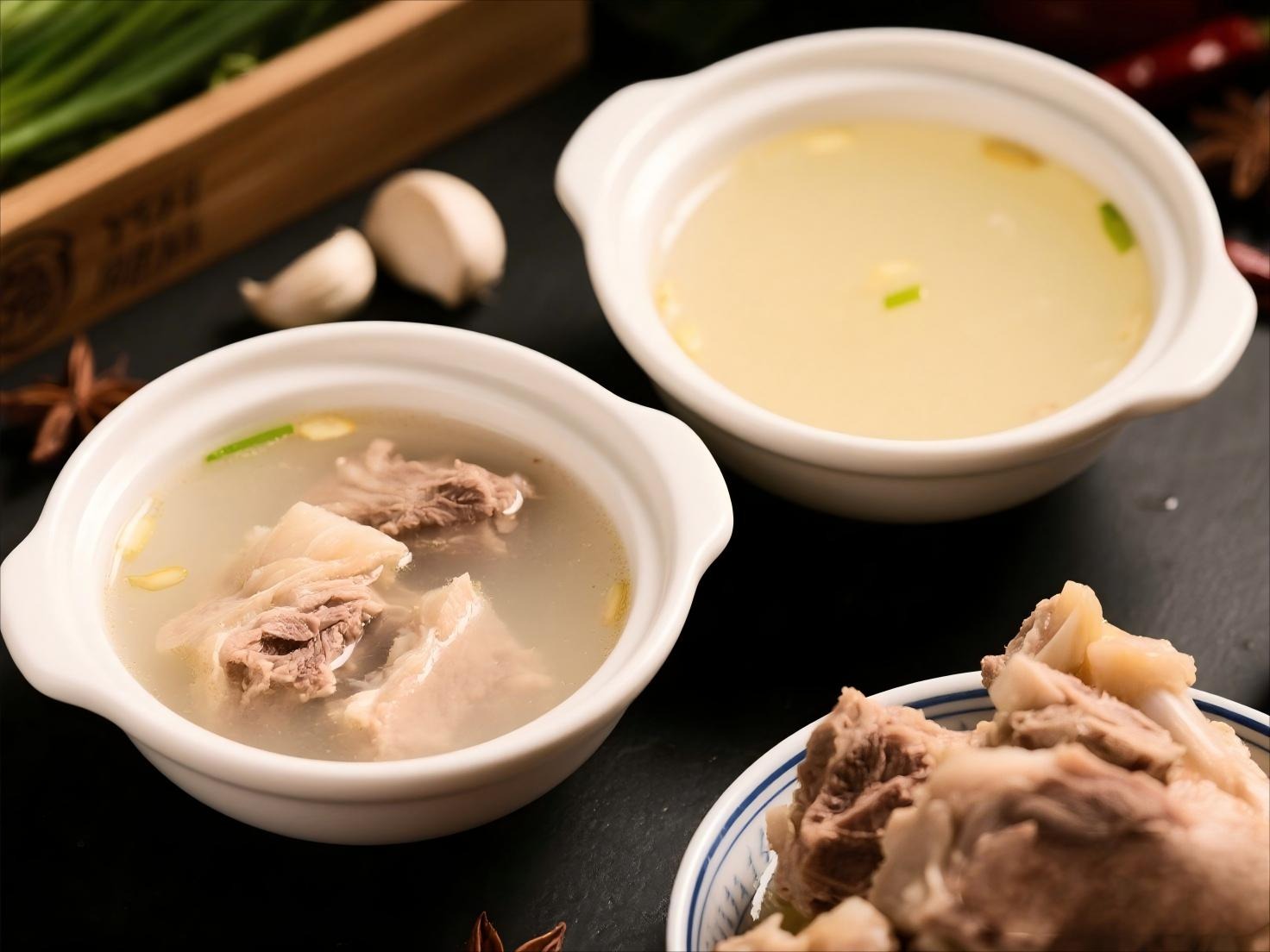If you've ever happily downed a delicious, fruit-filled smoothie only to find yourself starving again an hour or so later, you know: in order for smoothies to be filling, they need to contain some protein. Otherwise, they might be a tasty treat, but they're certainly not functional. So, if you're whipping up a smoothie with the intention of it being a filling breakfast or a post-workout snack, you'll need to make sure there's some protein in there. (Reminder: depending on your body, lifestyle, and goals, you need anywhere from 50 to 175 grams of protein per day.)
Are you thinking that adding protein is going to ruin the taste of your smoothie? We get it. But the good news is, you don't need to use protein powder to make a high-protein smoothie or one that'll leave you satisfied. There are plenty of nutritious and inexpensive whole-food sources of protein you can easily add to your smoothie. Better yet, they either don't distract from the flavor of the fruits (or whatever else you're blending) like some strongly flavored protein powders do. Some of the protein foods you can blend into smoothies even add a delicious extra element (hey, peanut butter!).
Grab your blender: to inspire your next smoothie, we've listed lots of ingredients that serve as the ideal protein addition for smoothies. Even better, you probably have some of these in your pantry already.
Nut Butter: The Creamy Protein Boost
Not that you need another excuse to add peanut butter or almond butter to your smoothie, but know that two tablespoons can add seven to eight grams of protein (seven for almond; eight for peanut). The richness of nut butter also gives your smoothie a thicker, more satisfying texture—almost like a dessert. Plus, if you're using natural nut butter, you're also getting healthy fats that help keep you full longer. Just be mindful of portion sizes, since nut butters are calorie-dense. A little goes a long way in terms of both flavor and nutrition.
Tofu: The Sneaky Protein Powerhouse
This soy-based food adds a thickness reminiscent of a frosty shake, but it also adds 10 grams of protein for every half-cup you add to your smoothie. Bonus: It'll take on whatever flavor you add in, whether it's vanilla, chocolate, cinnamon, or fruit. You can use any type, but silken (aka soft) tofu tends to blend the best, and firmer tofu tends to have more protein. If you're hesitant about the idea of tofu in a smoothie, start with a small amount—you might be surprised at how well it works. It's especially great in chocolate or coffee-based smoothies, where the flavor is bold enough to mask any subtle soy taste.
Beans: The Unexpected Smoothie Add-In
Toss some legumes into your blender to add more protein to your favorite smoothie. Yes, really: we mean beans. Whether you choose chickpeas or cannellini beans, you'll get roughly three to four grams of protein added to your smoothie. (And, trust, you can't taste them.) Beans also bring fiber to the party, which helps stabilize blood sugar and keeps you full. If you're using canned beans, just make sure to rinse them thoroughly to remove excess sodium. White beans, in particular, blend smoothly and work well in vanilla or berry-based smoothies.
Cottage Cheese: The Creamy, High-Protein Secret
Adding nutritious cottage cheese to your smoothie can give it a surprisingly milkshake-like consistency and flavor. Depending on the variety, it can have even more protein than yogurt, with 12 grams per half-cup serving. The mild tang of cottage cheese pairs well with fruits like peaches, berries, or pineapple. If you're worried about texture, blend it thoroughly—some people even strain it first for an ultra-smooth result. It's a great way to sneak in extra protein without altering the taste too much.
Greek Yogurt: The Classic Protein Base
A staple protein-smoothie addition, Greek yogurt is a great base for fruit-flavored smoothies, whether a berry blend or tropical concoction. It also adds roughly 10 grams of protein. Opt for plain, unsweetened Greek yogurt to avoid added sugars, and let the natural sweetness of your fruits do the work. The probiotics in yogurt also support gut health, making this a double win. If you're dairy-free, coconut or almond-based yogurts can work too, though they usually have less protein.
Milk Alternatives: More Than Just Liquid
Cow's milk, soy milk, and coconut milk all bring their own protein perks. Cow's milk has eight grams per cup, while soy milk offers about seven grams—making it the best plant-based option for protein content. Coconut milk (the canned kind) has five grams per cup and adds a rich, tropical vibe. If you're going for maximum protein without dairy, soy milk is your best bet. Just check the label to ensure you're getting an unsweetened version to keep added sugars in check.
Seeds: Tiny but Mighty Protein Boosters
Flaxseeds, chia seeds, and hemp hearts might be small, but they pack a nutritional punch. Chia seeds offer about five grams of protein per ounce, plus fiber that helps with satiety. Hemp hearts are even more impressive, with 10 grams of protein in just three tablespoons. They also add a pleasant, slightly nutty flavor and a bit of crunch. Flaxseeds contribute about four grams of protein per couple of tablespoons, along with omega-3 fatty acids. Pro tip: Grind flaxseeds before adding them to maximize nutrient absorption.
Spirulina: The Green Protein Superfood
If your favorite kind of smoothie is as green as it gets, spirulina could be the easy smoothie protein addition you're looking for. Two teaspoons of spirulina powder contain six grams of protein, not to mention some iron and niacin as well. The taste is… an acquired one (think oceanic and earthy), so it's best paired with strong flavors like citrus, pineapple, or ginger. If you're new to spirulina, start with a small amount and gradually increase as your taste buds adjust.
Now that you've got the lowdown on all these protein-packed smoothie additions, it's time to get blending. The best part? You can mix and match these ingredients to create endless combinations that keep your taste buds happy and your stomach satisfied. No more mid-morning hunger pangs—just delicious, nutrient-dense smoothies that actually keep you full.
























